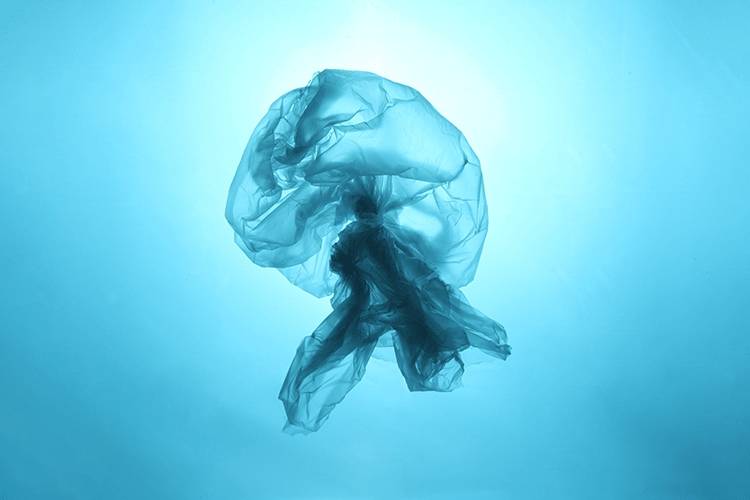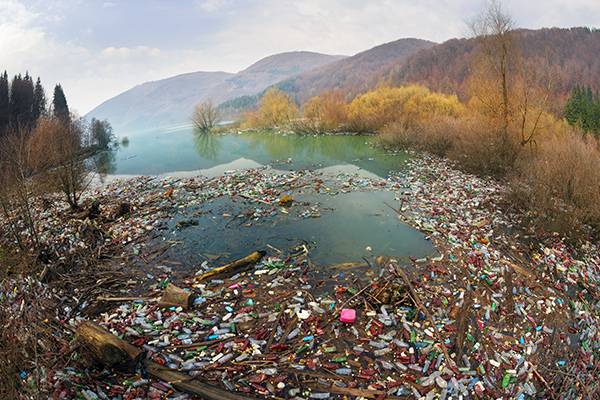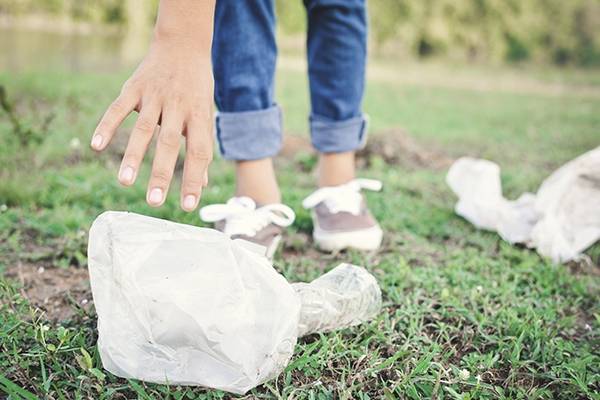Ideas for recycling plastic
The polyethylene plastic bag (the 'long-life' one), recently demonised due to the contamination it causes in nature, began to replace the paper bag worldwide in the 70s-80s. In general, plastic containers guarantee the hygiene and durability of the products they transport, especially food and water.
IT’S ECO, IT’S LOGICAL
Share

Finding a balance between the advantages of this material or its possible substitutes and the protection of the environment is a social, political and economic challenge which requires much research. If it's badly recycled, throwing bags into the sea or on land, it's not the fault of the product, but the bad use which we make of it at the end of its useful life. Always recycling it properly, in the yellow container, is everyone's task.
The point we're at: legal framework
In May 2018, the Spanish government banned, by Royal Decree, free plastic bags, which began to apply since July. The EU has also banned single-use plastic items and in 2021 they will be banned from being sold, if they are not made of biodegradable or recyclable materials. In addition, by 2025, at least 25% of the composition of PET beverage bottles must be recycled plastic.
The most common single-use plastics are: cotton swabs and straws; cutlery, glasses and plates; food containers for immediate consumption, hamburger containers; beverage bottles; light bags, which will be banned from 2021 if they are not compostable; packaging and wrappings; wipes and compresses; beverage containers, lids and caps; and cigarette butts.

Plastic in food
In food, plastics are used to pack 50% of the food. This allows only 2% of them to spoil before reaching the consumer. In contrast, in developing countries, half of the food is corrupted before being consumed, since the percentage of packaging is almost non-existent, according to data provided by APME (Association of Plastics Manufacturers in Europe).
Advantages of plastic
It is one of the most versatile, durable materials, with a good cost/effectiveness ratio, safe and light. Spain is a leader in Europe in the production of plastic bags.
• It helps to save fossil fuels and energy. In addition, it prevents contamination of water and food. They are responsible for guaranteeing potable water economically and safely.
• It can be recycled or used as an alternative fuel, since its calorific value is equal to that of coal and generates less CO2.
• With other material, the weight of the container would increase, as would the production costs and energy consumption.
• The plastic industry is reinventing itself, working on the development of new biodegradable, recyclable, compostable and ecological materials for food and commercial use.
Disadvantages of plastic
• The time it takes plastic to degrade in nature: plastic bags, about 150 years; plastic bottles, up to a thousand years; cotton buds some 300 years and straws, between 200 and 500 years, according to Greenpeace. It was the sailor and researcher Charles Moore who discovered in 1997 the great 'stain' of garbage from the Pacific due to the accumulation of plastic debris.
• In the world, one million plastic bags are consumed every minute. Europe generates 25.5 tons of plastic waste and less than 30% is recycled.
• It is estimated that half a million tons of plastic end up in the ocean each year, representing 85% of marine litter.

Did you know...
Biodegradable starch bags come from petroleum, like the other plastic products. Raffia bags, made of braided polypropylene, are not biodegradable and cannot be recycled. The biodegradable bag only degrades in compostable environments, not if it is thrown into the sea or land.
Main types of plastic
LDPE - Low-Density Polyethylene
It is the most used and is used, above all, in bags. It is the main component of toys, household goods, agriculture, parts for industry and construction.
HDPE - High-Density Polyethylene
It is used in the manufacture of cables, containers, packaging, safety helmets, for construction, decoration, gears and bottles.
PP (Polypropylene)
It's the plastic of cars. Although it is also used in kitchenware, threads, cordage, margarine tubs, biscuit wrappers, chips, etc.
PS (Polystyrene)
Present in household appliances, especially refrigerators, as well as in telephones, toys, household goods, etc.
PVC (Vinyl polychloride)
It is the most used, since it can be transformed and u. It is used in pipes, cables, containers, packaging, carpentry, footwear, hospital uses, credit cards...
PET (Polyethylene terephthalate)
It is used for the packing of liquids, gaseous bottles or tubs for the freezer.






